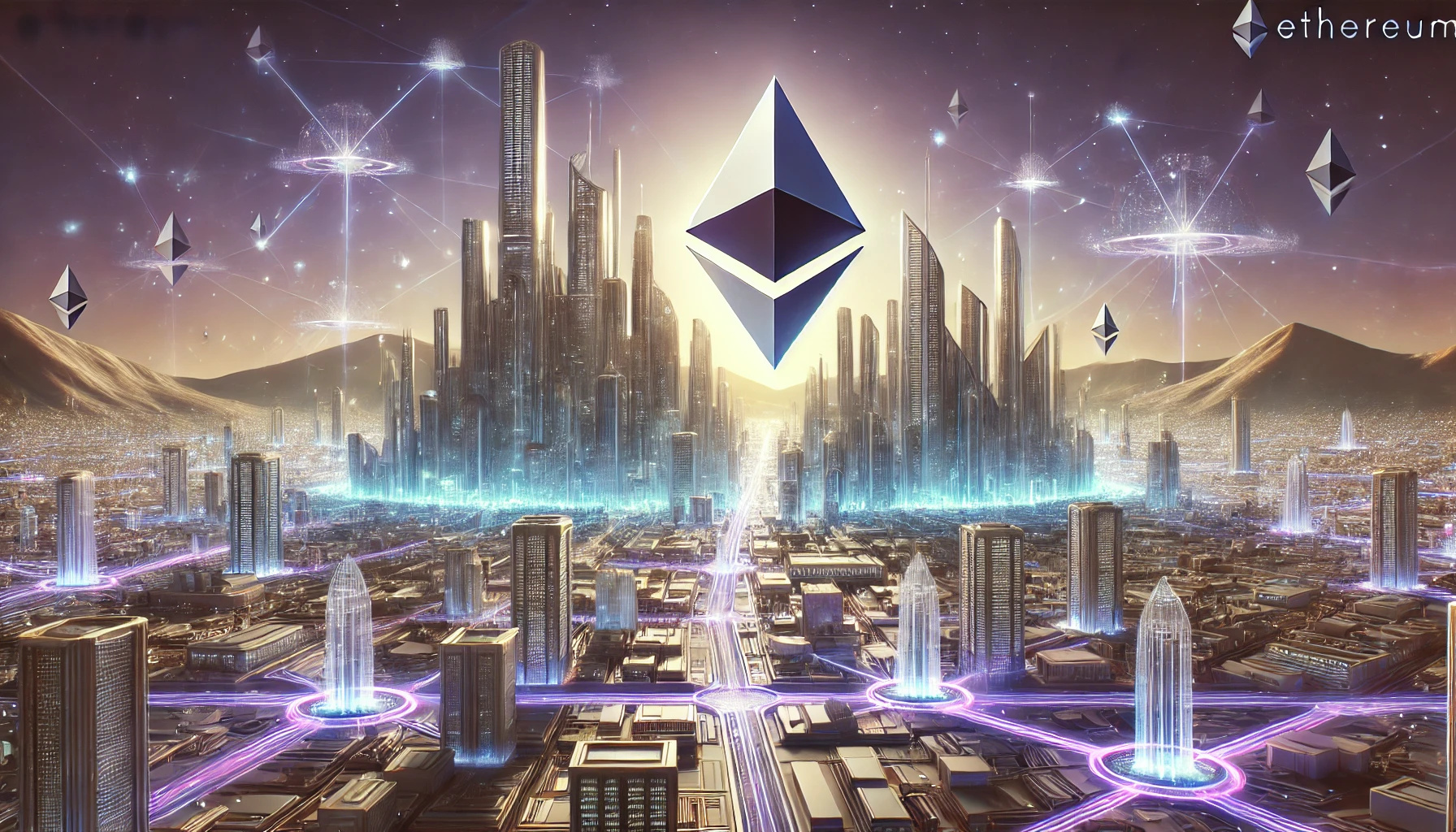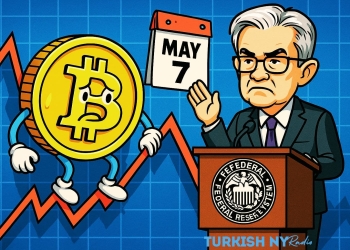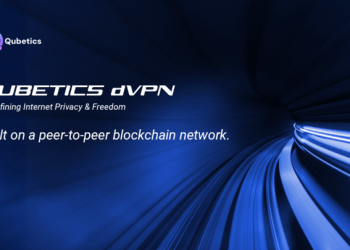One of the most popular blockchain platforms is and has been so, Ethereum- the force behind decentralized technology since its inception. However, with the rapidly increasing popularity of blockchain, the resources needed to maintain and verify these transactions are increasingly demanding. In what will probably represent the most daring step that Ethereum co-founder Vitalik Buterin has taken to date, he has unveiled a new stage in the roadmap for Ethereum, which he has labeled “The Verge.”
Based on his vision, The Verge hints at rather massive modifications to the infrastructure of the Ethereum platform to minimize these hardware requirements. Goals of the Verge: Make Ethereum more accessible, democratize participation in the blockchain network, allow transaction verification on compact devices, like smartwatches, through two main innovations.
The Verge: Ethereum’s Future Vision
Buterin’s proposal becomes the roadmap that is still evolving. The fourth phase in this process represents The Verge that follows “The Merge,” “The Surge,” and then “The Purge,” as Ethereum aims to tackle different scaling challenges relative to the overall performance of transactions as well as the size of the blockchain. These two new technologies are at the heart of The Verge, in essence permitting a radical transformation of verification of Ethereum transactions, with the possibility of joining the consensus of the blockchain without requiring a large amount of hardware needed for the old-fashioned business of running a full node.
Stateless Clients: Lowering Barriers to Entry
This is one of the most important contributions made by The Verge, that is, stateless clients. Normally, in blockchains, one would need full nodes to download and execute the full blockchain, which just so happens to be very large. As of now, Ethereum’s blockchain is more than 1 terabyte in size, thus excluding most users wanting to participate in the network since most people do not have the capacity for that in hardware. Today, running a full node on the Ethereum network requires quite a bit of storage, together with processing power. These requirements would tend to limit participation to those who could afford to do so.
Stateless clients aim to alter this. A stateless client would need less than a few gigabytes to store, not requiring a node to store a copy of the complete history of the blockchain. These clients will be in a position to fully verify transactions while using a fraction of the resources – thus reducing the entry barriers for people wanting to participate in the network. This would bring more diverse devices and even cheaper configurations as full participants to the Ethereum ecosystem, thus decentralizing even more and becoming more accessible.
Preserving Decentralization and Ethereum’s Core Principles
Other than stateless clients, The Verge also includes SNARKs, which is a development of advanced cryptography with a reduced need for heavy storage and processing. With SNARKs, it means that you can verify transactions with little or no need for downloading or processing the whole blockchain. Users can verify transactions by only getting a small piece of data and through cryptographic proofs to confirm the accuracy of a piece of information.
In the blog post by Buterin, it is assertively stated that the complexity can be as simple as “Download some data, verify a SNARK, done.” This makes it potentially feasible to verify blockchain on any device, such as a smartwatch because it creates a very inclusive environment in which to participate in the network.
The vision of Buterin for the future of Ethereum, however is something more than just scaling and efficiency. A major thrust of The Verge is to keep Ethereum decentralized, which is the philosophy of blockchain: reduce the requirements of hardware so as not to facilitate centralization in which only a few rich participants can afford the infrastructure to maintain the network.
Decentralization is crucial to the integrity of a blockchain network in that no single entity or group can have control over a network. In meeting with the original intent of Buterin on Ethereum, where participation from anybody with any amount of monetary capability is encouraged for verification of transactions and consensus that takes place on the network, thus it remains very decentralized-to its vision.
Stay connected with TurkishNY Radio by following us on Twitter and LinkedIn, and join our Telegram channel for more news.



























































































![BitTorrent [New]](https://s2.coinmarketcap.com/static/img/coins/64x64/16086.png)




















